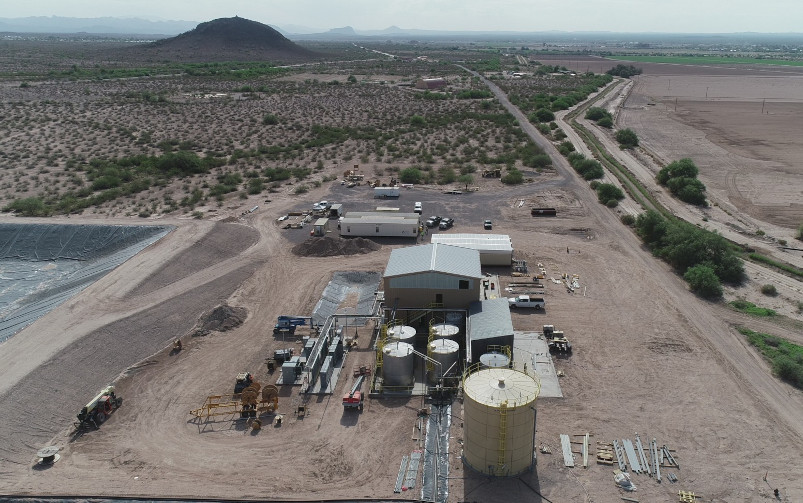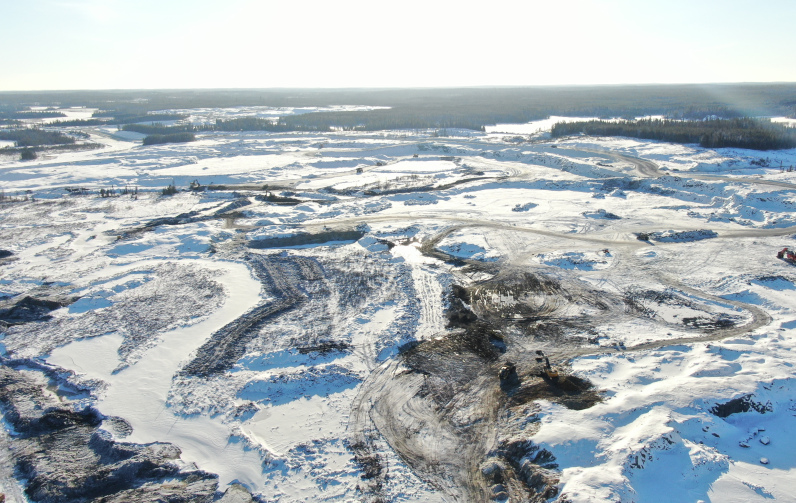In the introduction to Mining Country: A History of Canada’s Mines and Miners, authors John Sandlos and Arn Keeling take pains to assure readers the vividly illustrated, 214-page project in their hands will present an objective view of mining in Canada.
The authors anticipate – probably astutely – that most people picking up this book will belong to one of two camps: they will either champion the industry or believe mining is an overwhelmingly destructive business to both people and the environment. “In this book, we explore both sides of the historical debate over Canadian mining history without embracing either extreme,” they write early on.
That is mostly true. Mining Country documents the developments, rushes, discoveries, operations and closures that – by serendipity or strategy – continue to shape the land we now call Canada. Beginning more than 9,000 years ago with the extensive Indigenous copper mining and trading network around Lake Superior, the authors chronicle the mining events and personalities that have influenced the founding and future of this nation.
The book aims to provide “a general narrative of Canadian mining history” and that is where it succeeds. The reader quickly realizes how fundamental the search for, and mining of, metals and minerals has been to Canada’s creation.
For instance, the authors show how a gold rush on Haida Gwaii in 1851 and the larger Fraser River Gold Rush of 1858 allowed the British to expand its authority over the west. British Parliament, at the time, was nervous that hordes of claim-staking Americans might pose a threat to its sovereignty over these lands. The Fraser rush spurred the creation of the Crown colony of British Columbia, which was soon incorporated into Canada on the heels of the Cariboo rush of the 1860s.
Mining Country recounts the earliest – mainly doomed – attempts to establish mining operations, which seemed to only convince prospectors, financiers and government officials that there were more promising resources to be found further afield. When mining did take off – nickel in Sudbury, gold in Rouyn-Noranda, coal mining in Cape Breton, B.C. and Alberta – the authors discuss the impacts it had on the wider society, through the development of labour, safety and environmental standards, as well as the waves of immigration it encouraged. We learn that a particularly violent labour dispute between workers and the asbestos mining companies in Quebec in the late-1940s helped to create the conditions for the Quiet Revolution of the 1960s.
Related: Canadian Malartic’s Odyssey mine vehicle fleet a homecoming for MacLean founder
Throughout the book, we see an industry improving, albeit slowly – and often in response to government pressures or a devastating workplace disaster.
Sandlos and Keeling are history and geography professors, respectively, at Memorial University in St. John’s, Newfoundland and Labrador, and their research has been focused on abandoned mines and the environmental legacy of mines in northern Canada. Their backgrounds make them keenly aware of the industry’s shortcomings, especially when it comes to mining companies leaving taxpayers with multi-million and even billion-dollar cleanup bills. They touch on the darker side of mining throughout Mining Country, sometimes calling into question their earlier claim about not “embracing either extreme” of the historical debate of Canadian mining.
Still, you see why mining has a bad reputation in many parts of Canada. For example, a pattern of Indigenous relocation and dispossession emerges in Canadian mining history, whether it is the displacement of the Han from Dawson City during the Klondike Gold Rush, or the Tsilhqot’in chiefs who were hanged in October 1864 for defending their land from a road building crew during the Cariboo rush.
That makes this book a valuable and interesting read. Mining buffs may not learn anything new, as they will be well acquainted with the heroes and villains described within. But seeing the events of mining history on this land presented in an accessible, non-technical way – accompanied by rich, historical photographs that bring the events to life – gives readers important context to help them understand why people in different regions and communities in Canada have strong attitudes towards industry.




